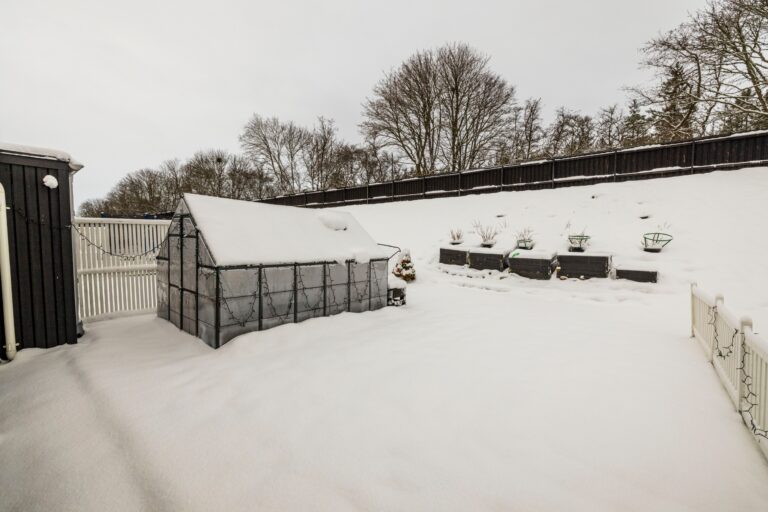Winter plant damage can come from several places: storm damage, frozen roots, and damage to foliage from cold temperatures and strong winds. But with some planning and hard work, you can prevent these types of damages on your precious plants. Protecting Foliage Covering Trees/Shrubs If you fear that the leaves or needles of your…
